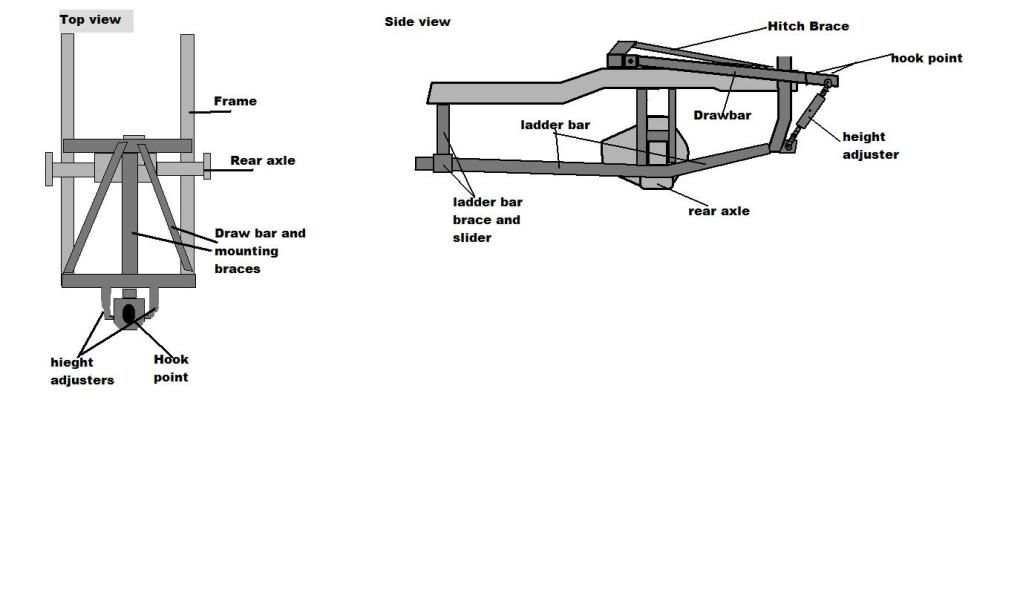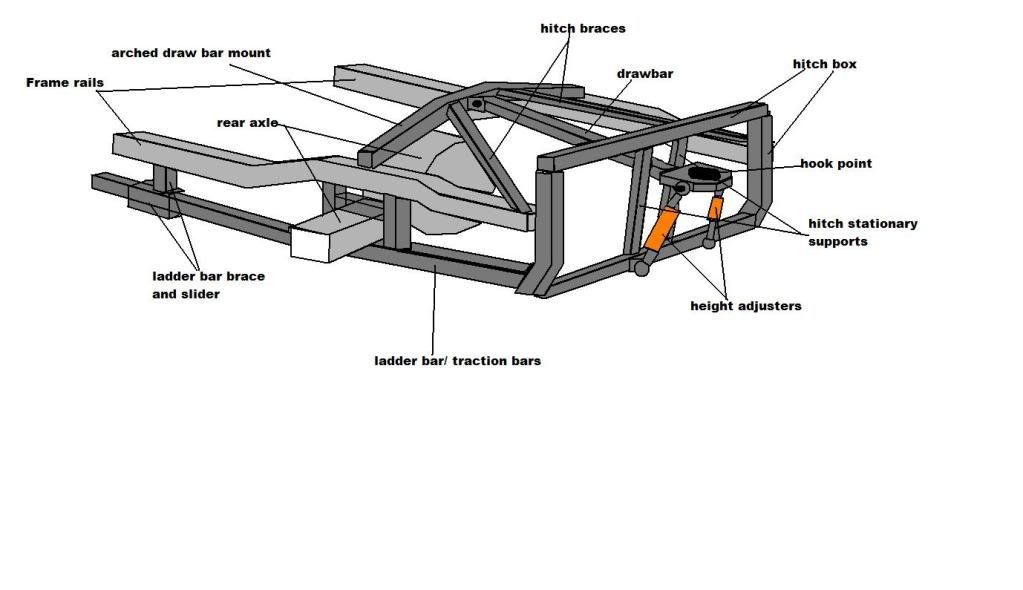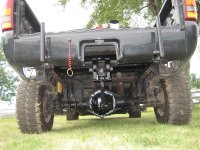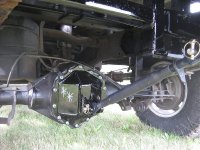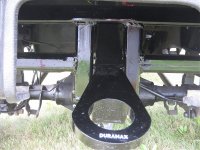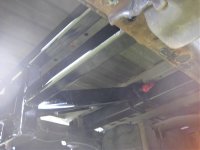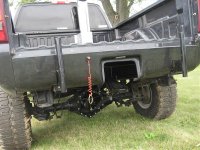BullfrogJohnson
Black Smoke Junkie
- Joined
- Oct 18, 2007
- Messages
- 250
I am moving up to the 3.0 class and I am wanting to redo my hitch to meet the open hitch rules.
I would like to see some pics of a good draw bar setup and eveyones ideas on the best way to set them up. My truck is a ccsb.
I would like to see some pics of a good draw bar setup and eveyones ideas on the best way to set them up. My truck is a ccsb.

